Meet the 1922 alumnus and architect who courted controversy and brought performance art to Brazil
To celebrate World Architecture Day (6 October), we look back at the life and work of Brazilian architect and artist Flavio de Carvalho, who graduated from our School of Engineering in 1922.
6 October 2025
Noted for his experimental architectural designs and performance art "Experiências", Flavio de Carvalho studied civil engineering and fine art at Armstrong College (now Newcastle University) in the early 20th century.
Born in 1899 to a wealthy family in Brazil, Carvalho was educated in Paris before coming to Newcastle to study at our Schools of Engineering and Fine Art.
He arrived on campus in Autumn 1919, shortly after Armstrong College was returned to the university following World War I, when it was requisitioned to become the 1st Northern General Hospital. During this time, the hospital treated over 40,000 servicemen.
Carvalho primarily studied civil engineering in Newcastle, but also spent time at our School of Fine Art, which was established in 1838. The first BA degree in Fine Art in the UK was awarded here in Newcastle in 1927, just 5 years after Carvalho left campus!
The discipline of Architecture, however, wasn’t offered at Newcastle until 1922, the year Carvalho graduated. But it was architectural design that began his creative – and often controversial – career.
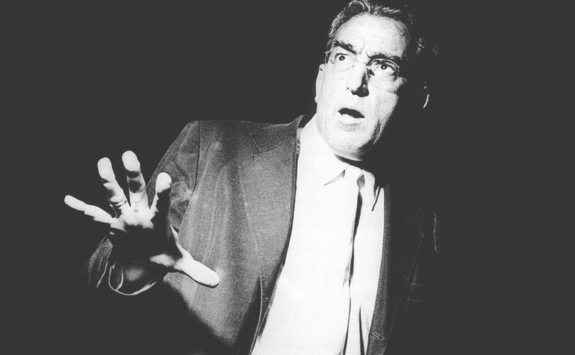
Architectural pursuits
Following his graduation from Armstrong College, Carvalho returned to Brazil and began working as a structural engineer in the São Paulo office of Barros, Oliva & Cia. However, he quickly turned his attention to more creative pursuits, such as a 1928 scheme for the Governor's Palace in São Paulo, which offered a militaristic version of modernist architecture.
Carvalho designed numerous architectural projects — for example, his 1939 project for the town hall of São Paulo (a proposal to which he would return in 1946 and 1952), or the plan for the International University of Music in 1955. During his lifetime, however, few of his designs were realised. From 1936 to 1937, in São Paulo, a modernist residential complex of 17 independent houses was erected on the corner of Alameda Lorena in the Jardim Paulista neighbourhood of São Paulo, and in 1938, in Valinhos, near Campinas, he built his personal estate, which went by the name of Fazenda Capuava.
The house was built as a unique blend of pre-Incan forms on the scale of a mastaba, a monumental Egyptian tomb, with a majestically tall central doorway welcoming guests in a spectacular fashion. Inside the hall, long multicoloured curtains would sway in the wind, creating a special relationship between the garden and the large multipurpose space. The Brazilian architect/artist designed the house in every detail, even including the door handles.
Alongside his architectural pursuits, Carvalho was known as a painter and performance artist. In all his diverse practice, he was influenced by the writings of Sigmund Freud and of the social anthropologist James Frazer.
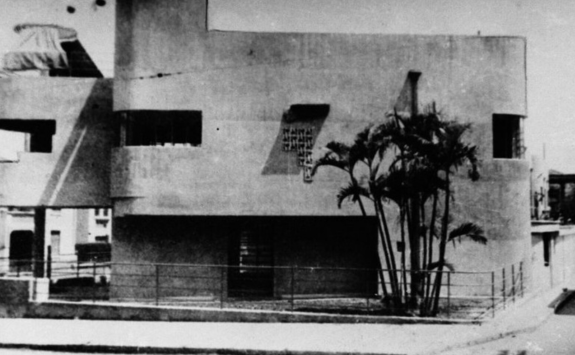
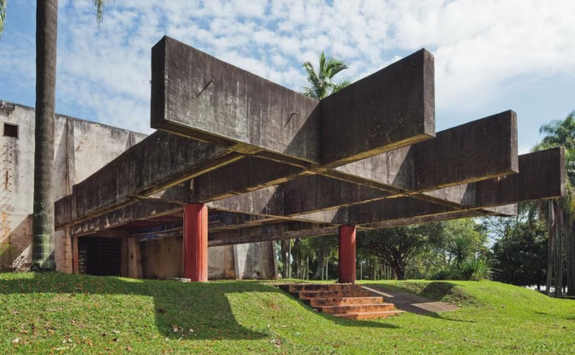
As an artist
Amongst Carvalho's most noted works is the 1947 Tragic Series of drawings in charcoal on paper depicting his mother's death. In total, he produced around 100 paintings in his lifetime and represented Brazil at the 25th Venice Biennial in 1950, an international event showcasing contemporary art from 23 nations. Posthumously, six of Carvalho’s paintings had a starring role in Brasil! Brasil! The Birth of Modernism, an exhibition at the Royal Academy in early 2025.
As well as producing art, Carvalho was also crucial in developing and nurturing the artist community in São Paulo. In late 1932, he cofounded the Clube dos Artistas Modernas (CAM; Club of Modern Artists): a bohemian space with a small art library and a bar. Its diverse events included live drawing sessions; occasional exhibitions; lectures on Brazilian folklore, poetry, proletarian art, Russian politics, and the plight of children on cocoa plantations in Bahia; and performances of samba, tango, Afro-Brazilian macumba, Russian ballet, Japanese martial arts, and classical chamber music.
The class and racial mixing of the audiences at CAM events quickly brought the venue to the attention of Brazil's morals police, who placed the Club under surveillance to root out leftists. In 1933, Carvalho wrote the provocative play Dance of the Dead God to be performed at CAM, but the play was shut down by the morals police after three performances due to the São Paulo government's desire to "limit spaces where cross-class and cross-race political alliances might develop”.
These events coincided with Carvalho dipping his toe into the realm of performance art to inspire a reaction from the conservative Catholic country he called home.
Experiências
Carvalho is credited for bringing performance art to Brazil for the first time – and before the term was even introduced! In 1931, he conducted his first “experiência”, or experiment, purposefully walking in the opposite direction to a Catholic Corpus Christi parade wearing a cap – despite it being a necessary sign of respect to remove headgear at such occasions. Such was the uproar that the crowd called for Carvalho’s lynching, which he later said was an experiment in crowd psychology.
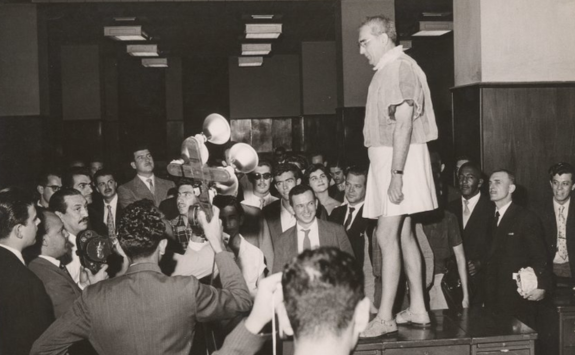
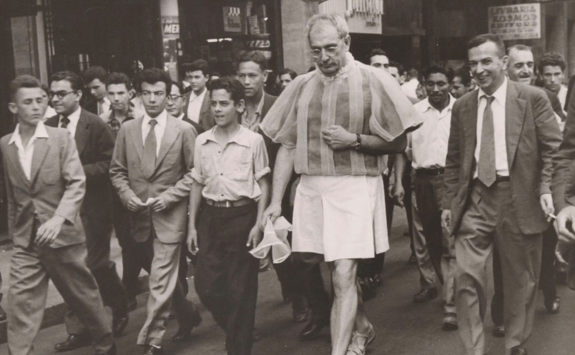
In 1956, he shocked São Paulo’s society again by walking down Rua Barão de Itapetininga in an outfit that reimagined the boundaries of gender and design. Dubbed the "Traje de Verão" (Summer Suit) or "New Look Tropical", Carvalho's ensemble featured a green pleated skirt above the knee, fishnet stockings, a short-sleeved cotton and organza blouse, a nylon hat, and leather sandals.
With a solemn expression, Carvalho walked the streets before entering the Cine Marrocos, and in an act of defiance against the cinema’s strict dress code, purchased a ticket and entered the venue. He exited through another door, baffling staff and continued to the offices of the Diário Associados newspaper, where he climbed onto a table and delivered philosophical musings to the gathered crowd.
An architect, engineer, visual artist, set designer, theorist, writer, playwright, and cultural provocateur, Flavio de Carvalho died in 1973. His work and provocations have been rediscovered posthumously by a later generation of artists interested in performance and he is today regarded as one of the Brazilian modern architecture precursors.
Image credits: Arquivo CEDAE – IEL, Universidade Estadual de Campinas, São Paulo; Leonardo Crescenti; Nelson Kon, Domus.
About Architecture at Newcastle University
Our School of Architecture was founded out of the UK's Northern Architectural Association and is one of the oldest schools of its kind in the UK, celebrating its centenary in 2022. Among our famous graduates have been the globally known architects Alison and Peter Smithson and Terry Farrell, alongside Jo Noero in South Africa and the Matrix feminist architects’ collective.
